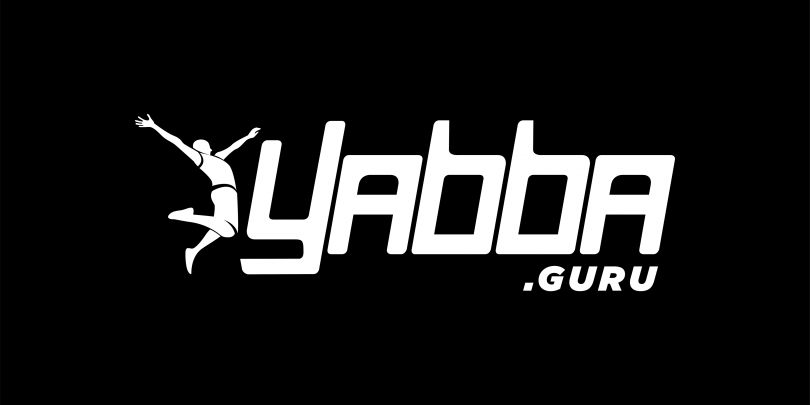
In February, it cost $7 million to air a 30-second ad during the United States ‘Super Bowl’.
The cost of making these ads can be millions more and many ads are aired just once and not seen again.
Crazy right? Well, maybe.
The event had an enormous audience of well over 100 million viewers. It also had a spectacular half time show, this year featuring Coldplay,Beyonc and Bruno Mars. Additionally,many non-football fans tune in for the commercials themselves rather than the game. It sounds unbelievable, but such is the quality and humour of many of these commercials, viewing them has become part of US culture.
Despite these advantages studies generally support the view that most of the ads do not influence short term product sales in any meaningful way.
In 2014, Ad Age reported that communications firm Communicus found that 60 per cent of Super Bowl ads didn’t boost purchases-or even intent to purchase. Last year, Genesis Media conducted a study that found 90% of viewers were not likely to buy something in a Super Bowl ad.
If the ads don’t always lead to higher sales, why were advertising slots booked out around November last year?
Well the answer may lie in what the ads do for a company’s ‘brand equity’.
Brand equity may be defined as “the tangible and intangible value that a brand provides to an organisation, from consumer knowledge, perceptions, and experiences with the brand.”
The Communicus and Genesis studies show that popular ads influence “brand favourability,” and while that may not necessarily translate into immediate higher sales, the Super Bowl provides an opportunity for a company to get itself more positively positioned with consumers for longer term benefits.
If consumers view your ads favourably a company is better able to navigate itself through challenging times when they arise, as consumers may be more forgiving. Additionally, heightened brand equity may help to reduce other marketing costs as consumers already have a good perception of the brand. It can also lead to many other benefits, such as an easier ability to increase prices.
This “brand awareness” type of goodwill is common in today’s varied advertising model. It’s what drives corporate sponsorships (which are huge in sports especially), product placement and budgets for ads that make brands seem like your friend.


For more information, contact Paul Smith, Secretary and Chief Financial Officer of Yabba.Guru on 0401 400 779 or go to www.yabba.guru

